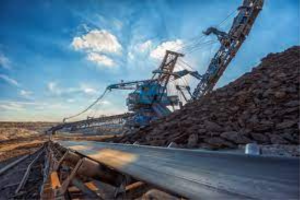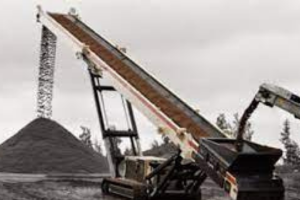In the domain of excavation and earthmoving, where accuracy, speed, and security are central, conveyors assume a crucial part in optimizing material handling and streamlining development tasks. These specific transport frameworks are intended to work with the productive development of unearthed materials, totals, and garbage, enabling consistent exchange from excavation locales to assigned removal regions or processing offices. Via automating material transportation, conveyors upgrade efficiency, diminish physical work necessities, and guarantee the smooth execution of excavation and earthmoving projects. In this thorough page content, we dig into the meaning of conveyors in excavation and earthmoving, exploring their sorts, applications, key parts, benefits, and the difficulties looked at without any their invaluable help.








